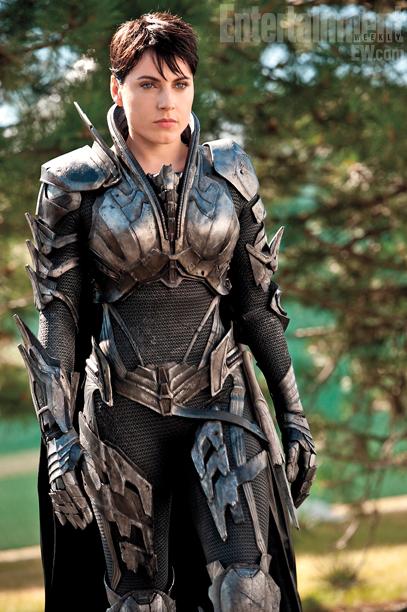

It debuted in December 1976 and ended after 263 issues. “Peter Parker: The Spectacular Spider-Man” was the fourth installment comic series of Spider-Man’s continuing adventures. Spider-Man teamed up with nearly every high-profile superhero in the Marvel Universe in this ongoing series. Spidey’s frequent crossover storylines with other Marvel characters led to the creation of the bimonthly series “Marvel Team-Up” in March 1972, which ran for 150 issues. Spider-Man became a fast-expanding franchise, his heroics no longer able to be contained in single monthly issues. Jonah Jameson, the anti-Spider-Man editor-in-chief for the “Daily Bugle” newspaper, Spider-Man’s love interests Gwen Stacy and Mary Jane Watson, and costumed villains like Doctor Octopus, the Green Goblin, and Venom. The supporting characters in the Spider-Man world were equally interactive and colorful, enthralling readers who developed soft spots for them. The titular character rose to popularity and quickly became integral in the ever-expanding Marvel Universe, engaging with regularly featured characters like the Human Torch, the Incredible Hulk, and Daredevil. Spider-Man got his own comic series, “The Amazing Spider-Man,” in March 1963. Spider-Man proved that anyone can be a superhero and, even after being around for about 60 years, he’s still as popular as ever. But this bold move turned out to be a boon for creator Stan Lee, who touched the hearts of a generation of kids who felt lonely, rejected, or had difficulty making friends. The groundbreaking story caught the attention of readers when it featured an awkward, antisocial teenager as its superhero - a description typically associated with sidekicks. And how can we not? Spider-Man entered the comic-book universe in issue 15 of Marvel Comics’ “Amazing Fantasy” in August 1962 and has been a major player ever since.


 0 kommentar(er)
0 kommentar(er)
